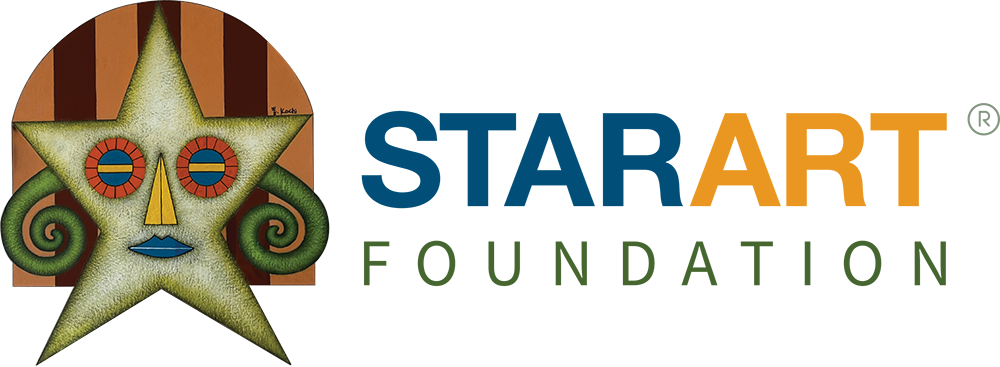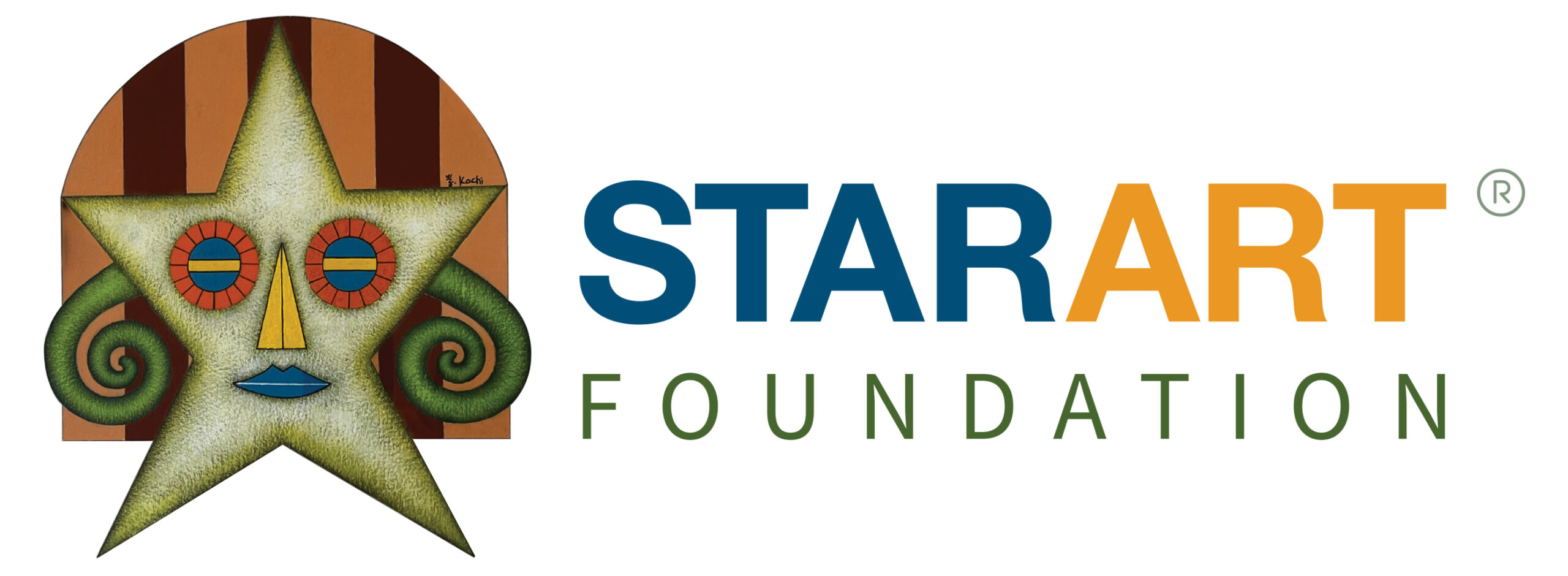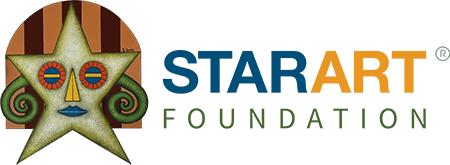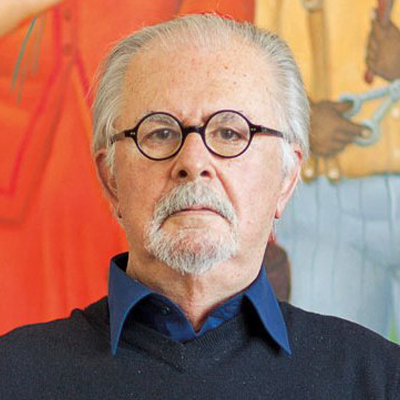
Fernando Botero
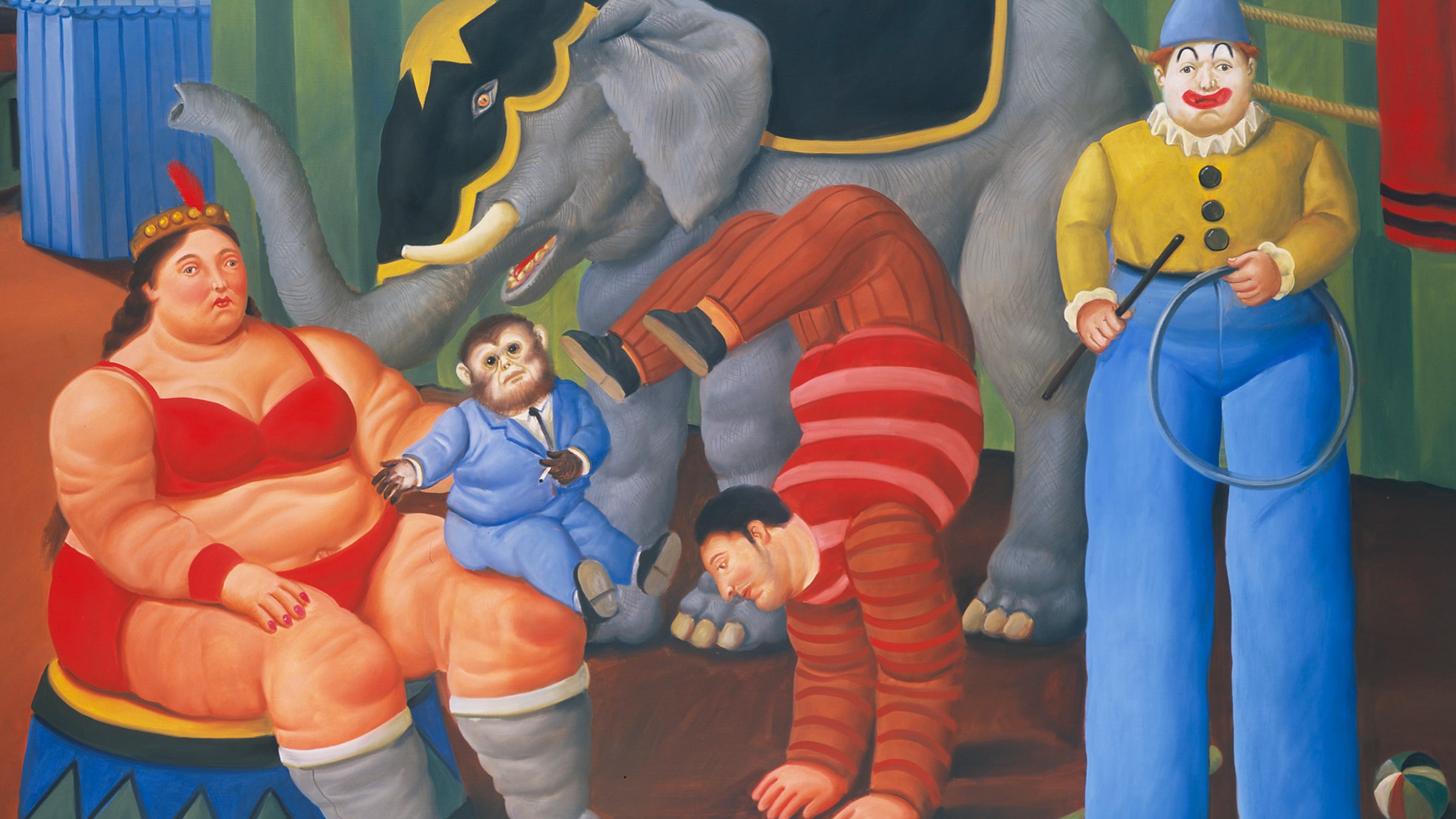
Fernando Botero is celebrated for his painted and sculpted scenes featuring animals and figures with inflated proportions, reflecting the artist’s predilection for satire, caricature, and political commentary. Born in Medellin, Colombia in 1932, Botero began exhibiting his paintings there in 1948, and later worked as a set designer in Bogotá. In the 1950s, he traveled to several different European countries, including Spain, Italy, and France, to study the work of Renaissance and Baroque masters. He also traveled to Mexico to familiarize himself with the current Mexican avant-garde. Botero became renowned for the varied source material he drew upon, from Colombian folk imagery to canonical works by Diego Velázquez, Pablo Picasso, and Francisco de Goya.
In his depictions of contemporary Latin American life, he portrays the poverty and violence prevalent in Colombia in somber images, as well as in his iconic inflated figures, satiric images of Latin American presidents, first ladies, and government officials. A meeting with Dorothy Miller from The Museum of Modern Art in the early 1960s proved to be a turning point in his career; she acquired his work at a time when abstraction was the celebrated idiom, and he later exhibited his work in a major exhibition at the museum, solidifying his international reputation.
In the 1970s, Botero moved to Paris, where he created large figural sculptures with his signature inflated forms. He remains engaged with images of his Latin American home city, and with overtly political imagery; his recent works include large paintings of prisoners at Abu Ghraib in a direct commentary on the war in Iraq. Botero has exhibited his work at the Museum of Modern Art in Copenhagen, the Maillol Museum in Paris, the Palazzo Benezia in Rome, the Hermitage Museum in St. Petersburg, and the National Museum in Bogotá. He currently lives and works in Paris, Montecarlo, and New York.
© Copyright 2023 StarArt Foundation. All rights reserved
